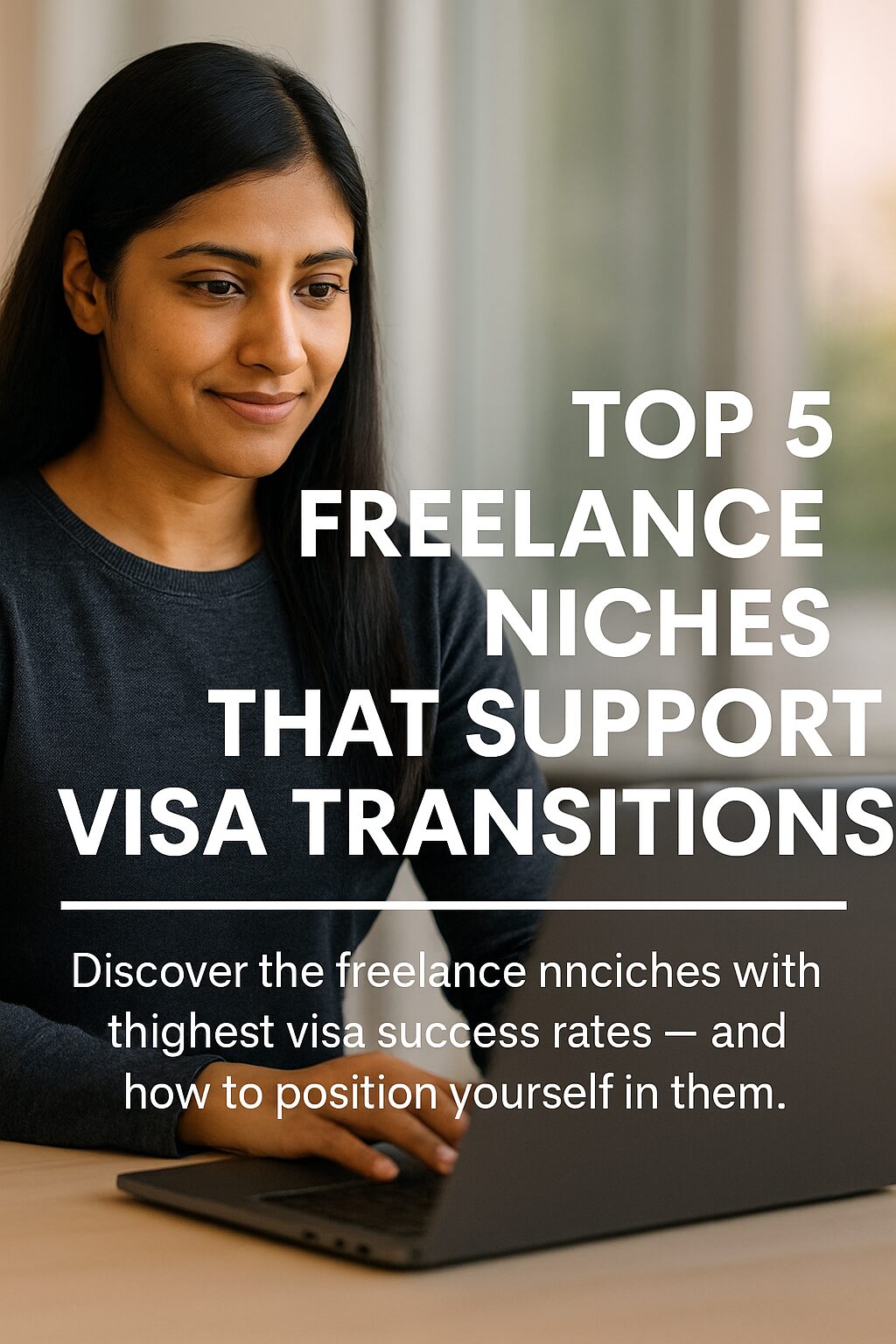A hands-on guide to keeping every dollar—and staying on the right side of the law
If you earn freelance income while living abroad, taxes can feel like a maze.
One wrong form, and you could pay hundreds more—or face penalties for under-reporting.
Good news: You don’t need to be a CPA.
This guide walks you through exactly how to track, report, and pay taxes as an immigrant freelancer—step by step, in plain English.
1. Know Your Tax Residency (It Controls Everything)
| Where You Live | Common Rule of Thumb | What It Means |
|---|---|---|
| United States | 183-day “Substantial Presence” | ≥ 183 days → U.S. tax resident on global income |
| EU Countries | “Habitual Residence” (varies) | Taxed where your “center of life” is |
| Many Asian Nations | 183 days or more | Similar to U.S. rule |
Action: Count your days. If you cross 183 days in any calendar year, assume you’re a resident until proven otherwise.
2. Track Every Dollar from Day 1
- Income Log: Spreadsheet or free apps like Wave
- Receipt Vault: Google Drive, Notion, or a dedicated “Taxes” folder
- Invoice Numbers: Use simple codes (e.g., 2025-001) to keep order
Rule of thumb: “Record the income the moment it hits your account.”
3. Avoid Double Taxation with Treaties
Most major economies have a double-tax treaty with one another.
Key tools:
- Foreign Tax Credit (FTC) – Claim taxes already paid abroad.
- Foreign Earned Income Exclusion (FEIE) – For U.S. citizens: exclude up to $126,500 (2025) of foreign-earned income.
- Totalization Agreements – Prevent you from paying social security in two countries.
Action: Google “Your Country + Host Country + tax treaty PDF” and skim the summary table.
4. Choose the Right Structure: Sole Proprietor vs. LLC vs. Company
| Structure | Pros | Cons | Best For |
|---|---|---|---|
| Sole Proprietor | Easy, cheap | Personal liability | Part-time side hustlers |
| LLC / LTD | Liability shield | Some admin | U.S./U.K. freelancers making $30k+ |
| Foreign Company | May lower tax rate | Complex, costly | Digital nomads earning $100k+ |
Start simple. You can upgrade later.
5. Country-by-Country Snapshots
🇺🇸 Filing from the U.S.
- Form 1040 + Schedule C for freelance income
- Schedule SE for self-employment tax (15.3 %)
- Quarterly Estimated Taxes: Form 1040-ES (April 15, June 15, Sept 15, Jan 15)
🇨🇦 Living in Canada
- Report worldwide income on the T1 General.
- Claim foreign tax credit (T2209).
- CPP (pension) contributions apply once freelance income > $3,500.
🇪🇺 Typical EU (e.g., Germany)
- Einkommensteuererklärung (annual)
- Umsatzsteuer (VAT) filings if revenue > €22,000/year
- Keep invoices 10 years.
Popular Nomad Hubs (Thailand, Indonesia)
- Tourist visas: zero work allowed → use home-country tax base.
- Digital Nomad or Smart Visa: flat tax rates (often 17–24 %) on foreign income remitted.
6. Software & Tools That Make Tax Life Easy
| Need | Tool | Price |
|---|---|---|
| Automated bookkeeping | FreshBooks, Xolo | From $0–19/mo |
| U.S. e-file | FreeTaxUSA, TurboTax | $0–49 |
| International DIY | TaxDome, TaxFix (EU) | From €19 |
| Receipt scanner | Adobe Scan (free) | Free |
7. Monthly-to-Annual Checklist
- Monthly
- Log income + expenses
- Reconcile bank feeds
- Quarterly
- Pay estimated taxes (if required)
- Review profit vs. goals
- Year-End
- Export full CSVs
- Back-up to cloud + external drive
- Prepare forms early (Jan) to avoid rush
8. Common Mistakes to Avoid
- Mixing personal and business expenses
- Forgetting self-employment tax (U.S.)
- Assuming “PayPal income isn’t taxable” (it is)
- Ignoring local VAT/GST thresholds
9. When to Bring in a Professional
Rule: If your freelance income grows past one country + one currency, hire help.
- Signs you need a pro:
- Multiple residencies in a single year
- Revenue > $80,000
- Filing corporate returns
- Crypto or equity compensation
10. Quick Survival Kit
| Situation | Immediate Action |
|---|---|
| Missed a quarterly payment | Pay ASAP + small late-fee; avoid snowball penalties |
| Received scary letter | Respond within 30 days; ask for extension |
| Lost receipts | Re-download bank statements + recreate invoices |
Conclusion
Taxes aren’t punishment; they’re the cost of playing in the global economy.
Stay organized, pay what you owe—and keep the rest working for you.









